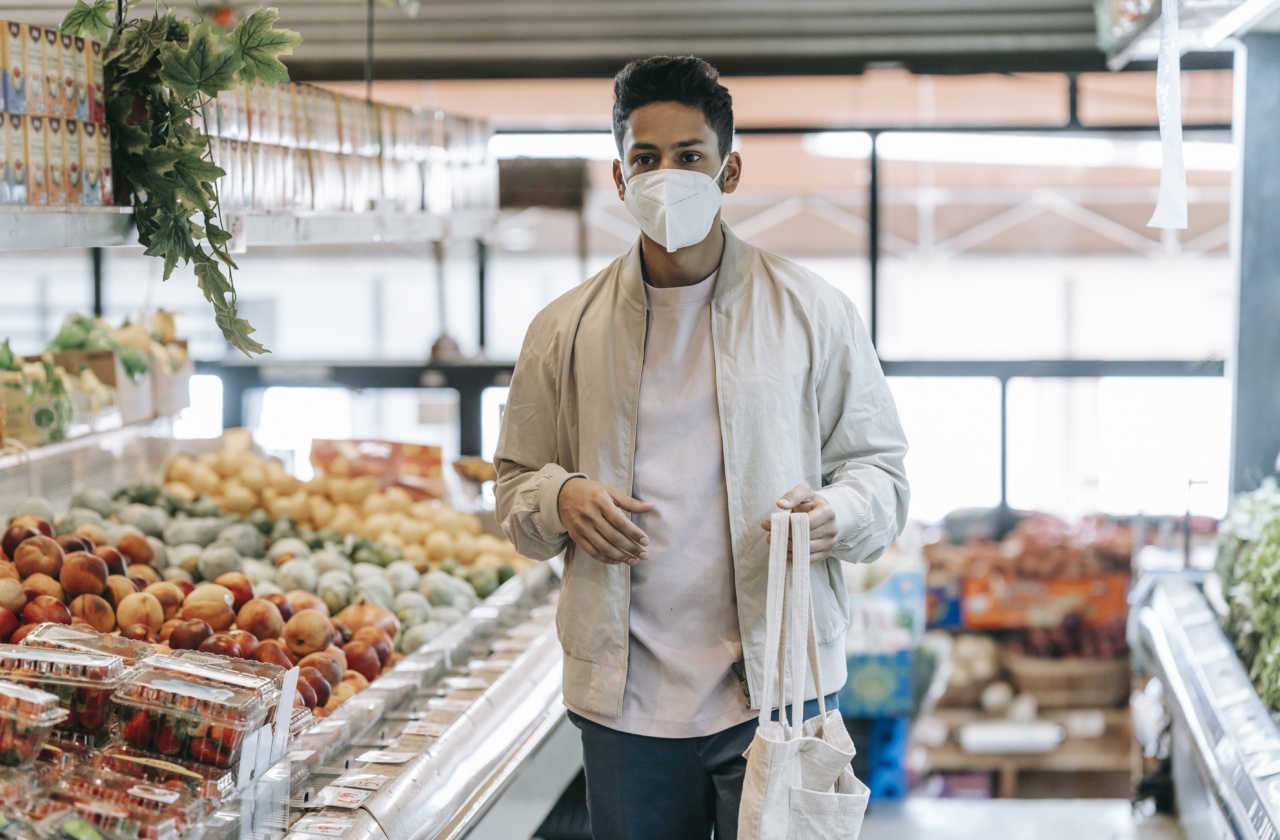Grocery shopping is an essential task that we all need to do regularly. However, during these uncertain times, it is crucial to ensure that we shop smart and practice safety measures to protect ourselves and others.
The Food and Drug Administration (FDA) offers valuable tips to make your grocery shopping experience safe and stress-free. Let’s explore these tips and learn how to shop smart amidst the ongoing pandemic.
1. Plan Ahead
Before heading to the grocery store, it is essential to plan your shopping trip. Make a list of the items you need and prioritize them based on their urgency.
By having a well-thought-out list, you can avoid unnecessary browsing and minimize the time spent in the store.
2. Choose Off-Peak Hours
To avoid crowds and maintain social distancing, consider shopping during off-peak hours. This might include early mornings or late evenings when the store tends to be less crowded.
Fewer people around you mean a lower risk of exposure to potential pathogens.
3. Wear a Mask
When entering a grocery store or any public place, always wear a mask to protect yourself and others. Masks act as a barrier against respiratory droplets that may contain the virus. Make sure your mask covers both your nose and mouth and fits snugly.
4. Practice Social Distancing
While shopping, it is essential to maintain a safe distance of at least six feet from others. Respect the markings or signs on the floor indicating social distancing guidelines.
Avoid close contact with fellow shoppers and store employees to minimize the risk of exposure.
5. Sanitize Your Hands
Before entering the grocery store, sanitize your hands with an alcohol-based hand sanitizer. While shopping, refrain from touching your face or mask to prevent potential transmission.
Most stores now provide hand sanitizing stations, so make use of them throughout your shopping trip.
6. Opt for Contactless Payment
Many grocery stores offer contactless payment options such as mobile wallet or tap-and-go cards. These methods minimize physical contact with objects and reduce the risk of spreading germs.
If contactless payment is not available, use hand sanitizer after touching shared surfaces like credit card terminals or pens.
7. Clean Your Shopping Cart or Basket
Prior to using a shopping cart or basket, take a moment to wipe it down with disinfectant wipes or spray provided by the store. This simple act can help eliminate any potential microorganisms on the surface and safeguard your health.
8. Avoid Unnecessary Handling of Products
While shopping, try to minimize the handling of products unless necessary. Instead of closely examining each item, rely on the product labels and expiry dates to make informed choices.
If you need to touch products, consider using disposable gloves or sanitizing your hands immediately after.
9. Buy in Bulk and Stock Up
Given the unpredictable nature of the pandemic, it is wise to buy non-perishable items in bulk and stock up for emergencies. This approach helps reduce the frequency of your grocery store visits, limiting potential exposure to crowded environments.
10. Follow Hygienic Practices at Home
Once you are back home, remember to follow good hygiene practices. Thoroughly wash your hands with soap and water for at least 20 seconds before and after handling groceries.
Clean the surfaces where you place your grocery bags to ensure any potential contamination is eliminated.
As responsible individuals, it is crucial to follow these tips provided by the FDA for safe grocery shopping. We must prioritize our health and the well-being of those around us.
By adopting these practices, we can protect ourselves, reduce the spread of the virus, and contribute to a healthier community.




























